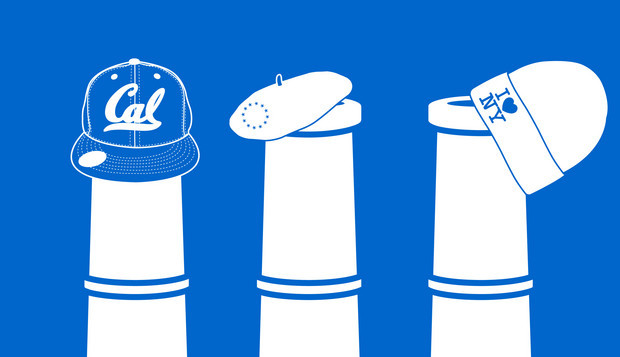
Why Things Are Working So Well in California
Since its 2006 inception, California’s groundbreaking cap and trade system has been quite controversial. Supporters say it places responsibility for pollution with the polluters, turning carbon emissions into a tangible cost rather than an abstract externality.
The Ins and Outs of Cap and Trade
Here’s how it works: The state sets a cap on emissions, and that cap becomes more stringent over time. Emissions allowances are then distributed or auctioned to polluters. But that's not all.
Businesses that come in under their emissions allowances can sell their unused carbon credits to other firms that are having trouble reducing their own emissions, or have decided to adopt a long-term emissions reduction strategy.
The costs of these credits fluctuate, depending on supply and demand, and are traded among businesses in a free-market fashion.
The Pope Says, “Nope.”
Critics are less than enthusiastic, however. True, much of the criticism comes from big oil and the manufacturing sector, but Cap and Trade has also drawn fire from the Vatican, of all places.
Pope Francis lambasted the system for not going far enough, saying, “This system seems to provide a quick and easy solution under the guise of a certain commitment to the environment, but in no way does it allow for the radical change which present circumstances require.”
Few concerned citizens would argue that decisive action is a must on the climate-change front, and while the environmental efficacy of the Golden State’s cap and trade system is the subject of some debate, the revenues it has generated are indisputable.
Cap and Trade Filling California’s Coffers
Over the past nine years, the program has raised more than $1.6 billion for the state of California, whose solar efforts have long been news-worthy subject matter. Now, the biggest debate is over what should be done with all of the money. It’s an enviable problem to have, no doubt.
The California Natural Gas Vehicle Coalition is asking for more trucks. Public transit enthusiasts are calling for expanded bus access. New ferry systems have been proposed. While there are many projects vying for cap and trade funds, the ones linked to environmental quality seem the most likely to garner support.
Under the SASH Program, Cap and trade revenues have been used to make solar energy affordable or free for low-income households, and at least one member of congress has called for a higher income limit for SASH eligibility.
Does Cap and Trade Have a Big Future?
Will other states follow California’s example? That remains to be seen. A recent study conducted by the University of Michigan Center for Local, State, and Urban Policy indicates that 36% of Americans support cap and trade systems, while 26% indicated opposition. Those unsure of their opinions on the matter were in the majority at 38%, but when word spreads of the windfall revenues generated by California’s cap and trade initiative, their opinions may change.
[Photo Via: Bloomberg]
Start making more
money today!
Search Categories
Tags
Tag Cloud
Latest from Twitter
Contact Us
Call us at 310-540-8900 or fill out the form below and we’ll tell you how you can get high quality leads for free*.
* Get up to 10% free leads on your first order!